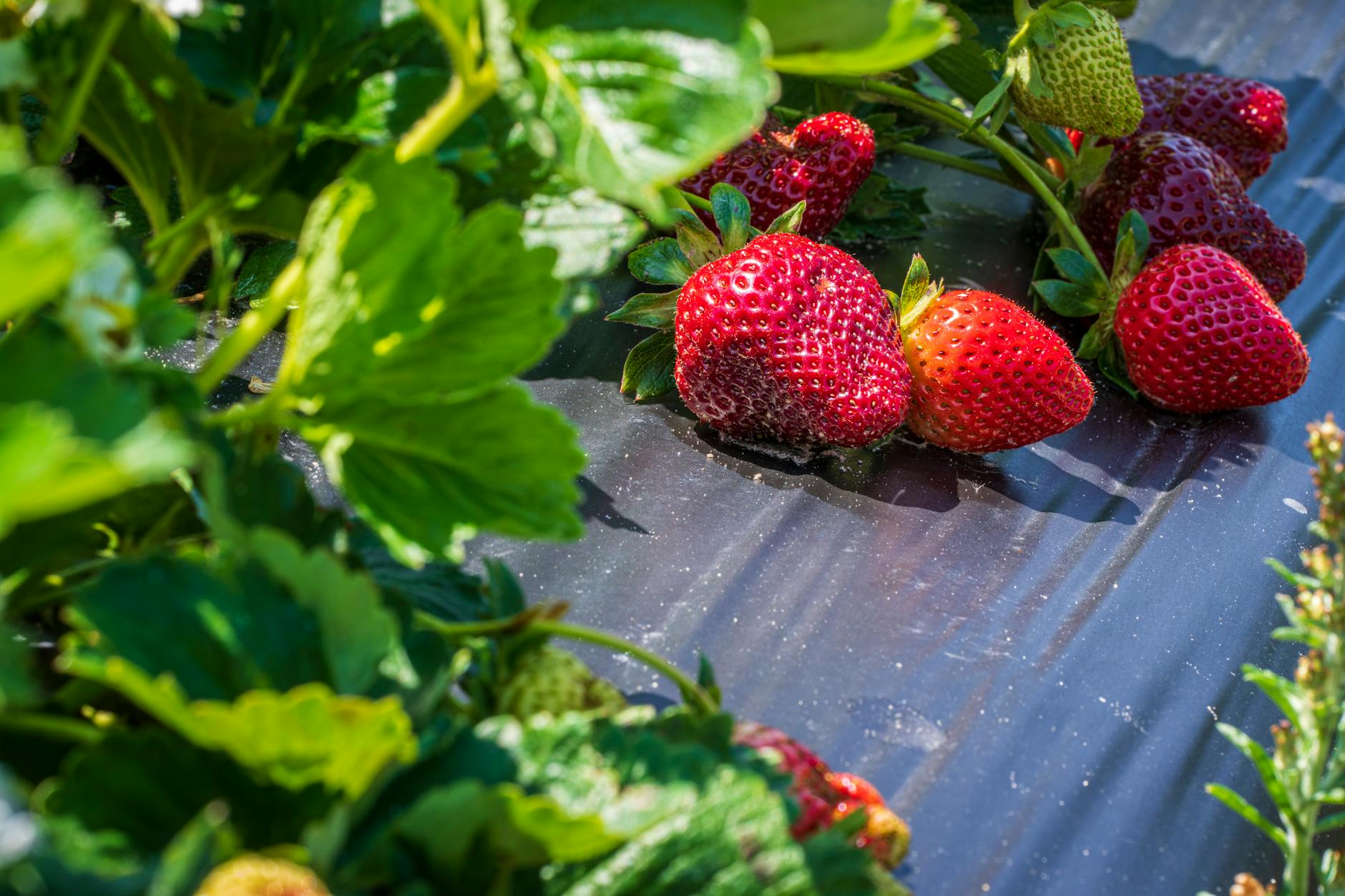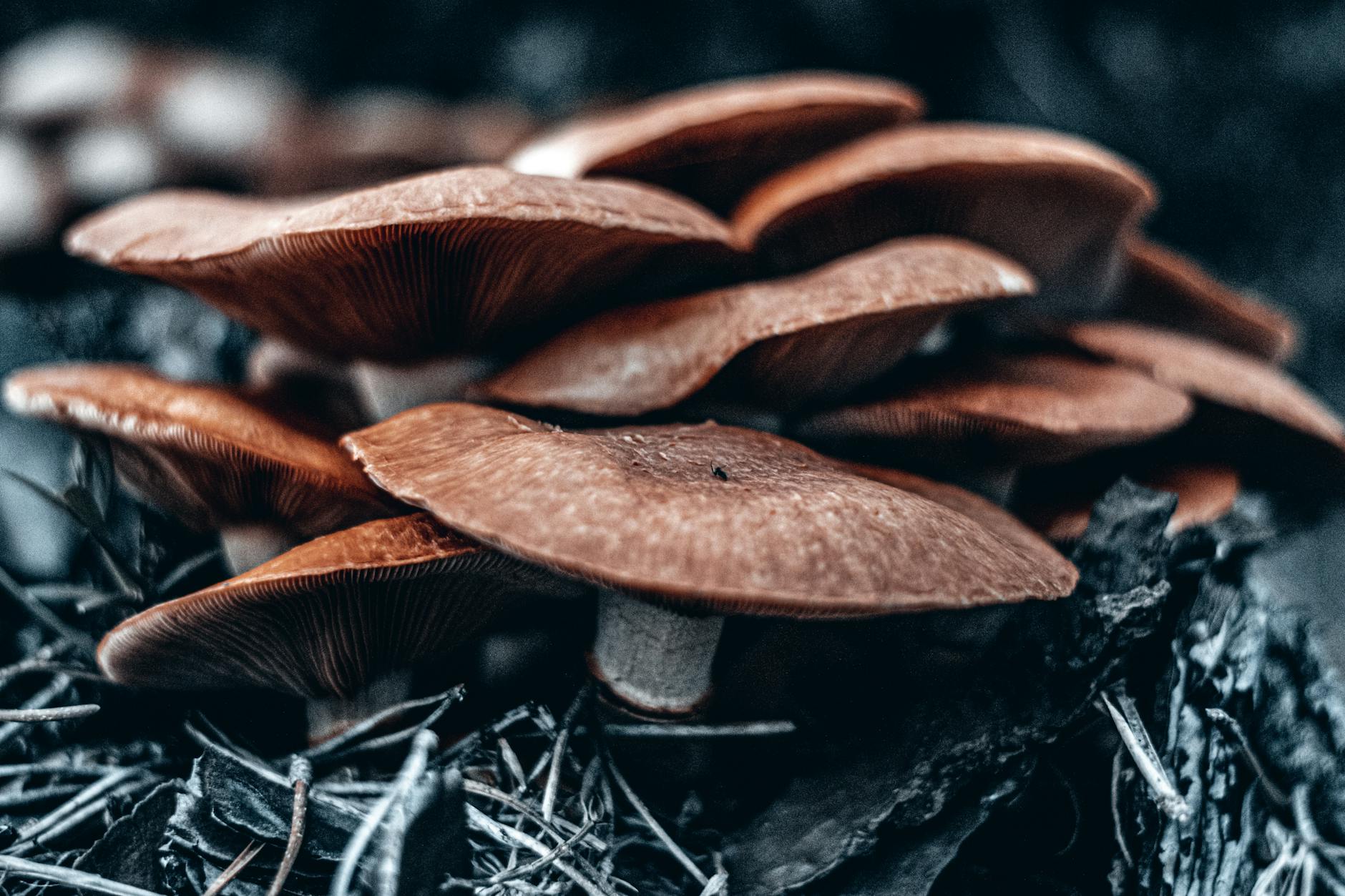Reishi Mushrooms: Cultivate Medicinal Fungi Effortlessly
Reishi mushrooms, also known as Ganoderma lucidum, have been treasured for centuries in traditional Chinese medicine for their numerous health benefits. These medicinal fungi are known for their immunity-boosting properties, anti-inflammatory effects, and potential to support heart health. While you can easily purchase reishi mushrooms in supplement form, cultivating them at home can be a rewarding and cost-effective way to harness their medicinal power. In this article, we will explore the process of growing reishi mushrooms, from selecting the right substrate to harvesting your own crop of these potent fungi.
Choosing the Substrate for Cultivation
One of the key aspects of cultivating reishi mushrooms is selecting the right substrate for them to grow on. Reishi mushrooms are typically grown on hardwood logs or sawdust blocks. Oak, maple, and beech are popular choices for hardwood logs due to their ability to support the growth of reishi mushrooms. If you opt for sawdust blocks, be sure to sterilize the sawdust to prevent contamination by other fungi or bacteria that may hinder the growth of reishi mushrooms.
Inoculating the Substrate with Reishi Spores
Once you have chosen your substrate, the next step is to inoculate it with reishi spores. Reishi spores can be purchased from specialty suppliers and are usually available in the form of a spore syringe or spore print. Using a sterile technique, inject the reishi spores into the substrate, ensuring even distribution to promote uniform growth. It is crucial to maintain a sterile environment during this process to prevent contamination and ensure the successful growth of reishi mushrooms.
Providing the Right Growing Conditions
Reishi mushrooms thrive in a humid environment with adequate airflow and indirect light. Place your inoculated substrate in a dark, warm location with temperatures ranging from 70-80°F. To maintain high humidity levels, consider misting the growing area regularly or using a humidifier. Proper ventilation is essential to prevent the buildup of carbon dioxide, which can inhibit the growth of reishi mushrooms. Monitor the moisture levels of the substrate to ensure it remains damp but not waterlogged.
Harvesting and Storing Reishi Mushrooms
After a few weeks, you will start to see white mycelium forming on the surface of the substrate, indicating that the reishi mushrooms are growing. As the mushrooms mature, they will develop a distinctive red or orange cap with a shiny, lacquered appearance. Harvest the reishi mushrooms by gently twisting them off the substrate at the base of the stem. To store fresh reishi mushrooms, place them in a paper bag in the refrigerator, where they can be kept for up to two weeks.
In conclusion, cultivating reishi mushrooms at home can be a fulfilling and therapeutic experience that allows you to harness the health benefits of these powerful medicinal fungi. By selecting the right substrate, inoculating it with reishi spores, providing optimal growing conditions, and harvesting the mushrooms at the right time, you can enjoy a sustainable supply of reishi mushrooms for culinary and medicinal purposes. So why not embark on the journey of cultivating your own reishi mushrooms and unlock the potential of these ancient healing fungi?


